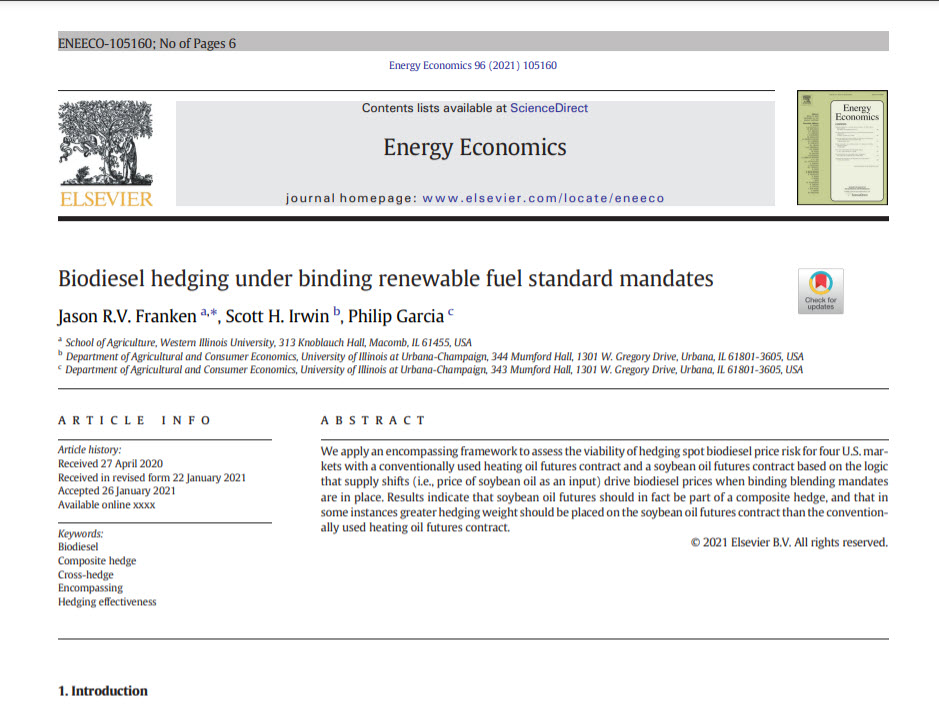
1. With it being USDA August Crop Report week, good time to review Corn Belt weather during the last 40 days, the critical growing period for corn and very important for soybeans as well.
2. First a shoutout to the Midwest Climate Center for making these great maps available to the public. Precip in main part of Corn Belt was a mixed bag. Decent rule of thumb in my experience is that anything above 75% of norm is likely in decent to good shape. 

3. IL good to very good on precip since July 1, except far north. IA not as good but still less than half of state in any real trouble. Have to get to northern half of MN to see super dry areas. 

4. Here is deviation from avg temp for same period and area. Normal to below normal temps for all but far norther MN. This definitely had to help the dry areas. Not saying it is a savior in these areas, just that it could have been worse. 

5. I keep talking about how good the IL crops look that I have seen. Good July precip and below average temps. Historically that is the key to really big crops. I think the IL corn yield could be record big under these conditions. And we just got more rain. 

6. Now moving out to the far western reaches of the Corn Belt. What struck me was that SD was not as bad as I expected. ND was dry dry dry. 

7. Here is the temp map. Not as good for SD as precip and really bad for ND, which got smoked this summer. Low condition ratings in ND make complete sense when you look at combination of temp and precip maps. 

8. What does all this mean for corn and soybean yields? Looks pretty good to me east of the MS and average to poor west of the MS. Nets to something near trend for the US in my book.
• • •
Missing some Tweet in this thread? You can try to
force a refresh







